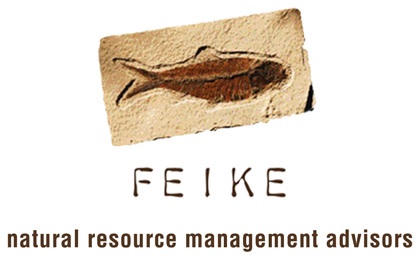Can South Africa's famed West Coast Rock Lobster and abalone fisheries be saved from economic collapse caused by rampant illegal fishing? Quite simply, there is no option but to ensure their recovery and pull-back from complete decimation.
The nagging question is how this pull-back can be achieved. With regard to lobster, there is a growing tension between environmental lobby groups such as WWF and the Fisheries Department since the Department elected to maintain the lobster TAC at 2016 levels as opposed to reducing the TAC by 34% in terms of a scientifically proposed recovery plan. The Department's fishery managers and ultimately the Deputy Director-General elected to adopt an alternative management strategy that is premised on the understanding that it makes little sense to punish law-abiding quota holders by reducing their TAC's while poachers continue fishing.
Abalone is the obvious case in point. The legal catch limit has been reduced to 95 tons while poachers continue to harvest upward of 3000 tons annually!
Given the demand for both abalone and lobsters which outstrips supply (legal and illegal) by some measure, the obvious ease with which IUU fish can be exported and the lack of alternative income sources for most poachers in fishing communities along our coast, the recovery plan mooted by WWF and co was doomed to fail. The only parties who would have been affected by the plan would have been legal quota holders who would have seen a 70% cut to quotas over the next two seasons.
Think about it again. Imagine you are a small scale lobster fisherman or a local lobster fishing company whose sole quota and income is a 5 ton, 4 ton or 3 ton lobster quota and your sole income is to be cut by 70% over the next two seasons. I am quite certain a significant number of these fishers would join the poaching class using the legal quotas to launder illegal catches.
However, there is also no doubt that both lobsters and abalone are in a dismal biological state with lobsters generally thought to be at 2% of pre-fished levels. Recovery is a non-negotiable. The question remains how can South Africa successfully recover these mega value, high demand nearshore fisheries while simultaneously balancing the socio-economic needs of fishers who rely on them for their livelihoods.
The solution is neither novel nor complex. The solution has been stated on these pages on numerous occasions over the last few years. But essentially we need a combination of upgrades and updates to the fisheries compliance and management toolbox.
For one, we need to bring back dedicated regional environmental courts whose sole business is the prosecution of environmental and marine crimes. Not only will this allow for the faster processing of criminal matters, but dedicated prosecutors and magistrates who know and understand the social, economic and ecological gravity of environmental crimes will ensure swift and visible justice. The success of these courts were proven when they existed between 2003 and 2005.
The way we currently manage fisheries requires updating to the 21st Century. Hard copy paper records managed by individuals at landing sites and remote harbours are not only corruptible but do not allow for proper and real time management of catches, landings, processing of fish or sales. By the time these records are eventually collated and analysed the poached products have long been consumed and digested in South East Asia.
Further, in a fishery such as abalone where the amount of fish poached exceeds the legal quota by more than 40 fold, I would instead increase the legal catch limits substantially to encourage greater levels of compliance by current right holders and to displace illegal fishing. Displacement can work in a fishery like abalone simply because its geographic distribution is confined to specific fishing zones over a relatively short coastline between Paternoster and Pearly Beach.
Finally, we need to increase the number of commercial available and exploitable nearshore resources to begin a reduction of right holder reliance on abalone and lobsters. New and alternative fisheries development is critical if we are to substantially and seriously increase coastal community incomes and reduce fishing reliance on abalone and lobsters.
